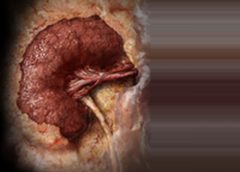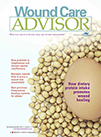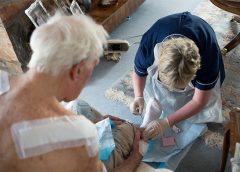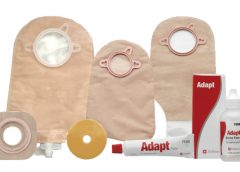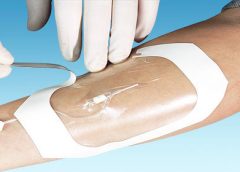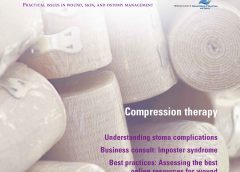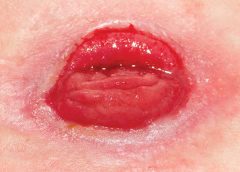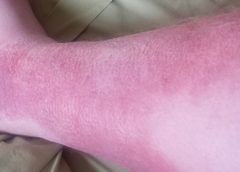Venous disease, which encompasses all conditions caused by or related to diseased or abnormal veins, affects about 15% of adults. When mild, it rarely poses a problem, but as it worsens, it can become crippling and chronic.
Chronic venous disease often is overlooked by primary and cardiovascular care providers, who underestimate its magnitude and impact. Chronic venous insufficiency (CVI) causes hypertension in the venous system of the legs, leading to various pathologies that involve pain, swelling, edema, skin changes, stasis dermatitis, and ulcers. An estimated 1% of the U.S. population suffers from venous stasis ulcers (VSUs). Causes of VSUs include inflammatory processes resulting in leukocyte activation, endothelial damage, platelet aggregation, and intracellular edema. Preventing VSUs is the most important aspect of CVI management.

Becoming a wound care diplomat
By Bill Richlen, PT, WCC, CWS, DWC, and Denise Stetter, PT, WCC, DCCT The Rolling Stones may have said it best when they sang, “You can’t always get what you want,” a sentiment that also applies to wound care. A common frustration among certified wound care clinicians is working with other clinicians who have limited current wound care education and…
Best of the best, the sequel
By Donna Sardina, RN, MHA, WCC, CWCMS, DWC, OMS Welcome to our second annual “Best of the Best” issue of Wound Care Advisor, the official journal of the National Alliance of Wound Care and Ostomy (NAWCO). This may be the first time you have held Wound Care Advisor in your hands because normally we come to you via the Internet.…
Clinical Notes: Wound Photography, Lymphedema, GI Complaints
Wound photography may motivate patients Having patients view photographs of their wounds can motivate them to become more involved in managing those wounds, according to a study in International Wound Journal, particularly when wounds are in difficult-to-see locations.
Clinician Resources: Opioid-Prescribing, Diabetes, Pressure Injuries
Here are a variety of resources you might want to explore. Considering opioid-prescribing practices Healthcare providers’ prescribing patterns for opioids vary considerably by state, according to a report in Vital Signs from the Centers for Disease Control and Prevention (CDC). Here are some facts from the report: • Each day, 46 people die from an overdose of prescription painkillers in…
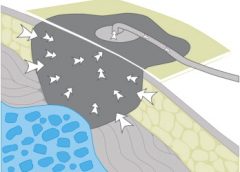
Guidelines for safe negative-pressure wound therapy
By Ron Rock MSN, RN, ACNS-BC Since its introduction almost 20 years ago, negative-pressure wound therapy (NPWT) has become a leading technology in the care and management of acute, chronic, dehisced, traumatic wounds; pressure ulcers; diabetic ulcers; orthopedic trauma; skin flaps; and grafts. NPWT applies controlled suction to a wound using a suction pump that delivers intermittent, continuous, or variable…
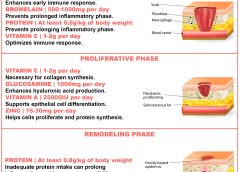
How dietary protein intake promotes wound healing
By Nancy Collins, PhD, RD, LD/N, FAPWCA, and Allison Schnitzer Nutrition is a critical factor in the wound healing process, with adequate protein intake essential to the successful healing of a wound. Patients with both chronic and acute wounds, such as postsurgical wounds or pressure ulcers, require an increased amount of protein to ensure complete and timely healing of their…
How to apply a spiral wrap
By Nancy Morgan, RN, BSN, MBA, WOC, WCC, DWC, OMS Each issue, Apple Bites brings you a tool you can apply in your daily practice. Description The spiral wrap is a technique used for applying compression bandaging. Procedure Here’s how to apply a spiral wrap to the lower leg. Please note that commercial compression wraps come with specific instructions for…
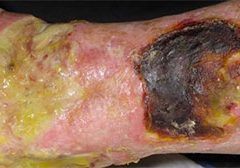
How to assess wound exudate
By Nancy Morgan, RN, BSN, MBA, WOC, WCC, DWC, OMS Each issue, Apple Bites brings you a tool you can apply in your daily practice. Exudate (drainage), a liquid produced by the body in response to tissue damage, is present in wounds as they heal. It consists of fluid that has leaked out of blood vessels and closely resembles blood…
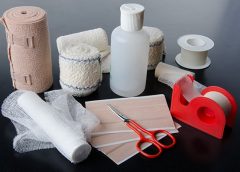
How to set up an effective wound care formulary and guideline
By Jeri Lundgren, BSN, RN, PHN, CWS, CWCN Navigating through the thousands of wound care products can be overwhelming and confusing. I suspect that if you checked your supply rooms and treatment carts today, you would find stacks of unused products. You also would probably find that many products were past their expiration dates and that you have duplicate products…
It takes a village: Leading a wound team
By Jennifer Oakley, BS, RN, WCC, DWC, OMS I used to think I could do it alone. I took the wound care certification course, passed the certification exam, and took all of my new knowledge—and my new WCC credential—back to the long-term care facility where I worked. I was ready to change the world. It didn’t take me long to…

Managing venous stasis ulcers
By Kulbir Dhillon, MSN, FNP, APNP, WCC Venous disease, which encompasses all conditions caused by or related to diseased or abnormal veins, affects about 15% of adults. When mild, it rarely poses a problem, but as it worsens, it can become crippling and chronic. Chronic venous disease often is overlooked by primary and cardiovascular care providers, who underestimate its magnitude…
The DIME approach to peristomal skin care
By Catherine R. Ratliff, PhD, APRN-BC, CWOCN, CFCN It’s estimated that about 70% of the 1 million ostomates in the United States and Canada will experience or have experienced stomal or peristomal complications. Peristomal complications are more common, although stomal complications (for example, retraction, stenosis, and mucocutaneous separation) can often contribute to peristomal problems by making it difficult to obtain…


